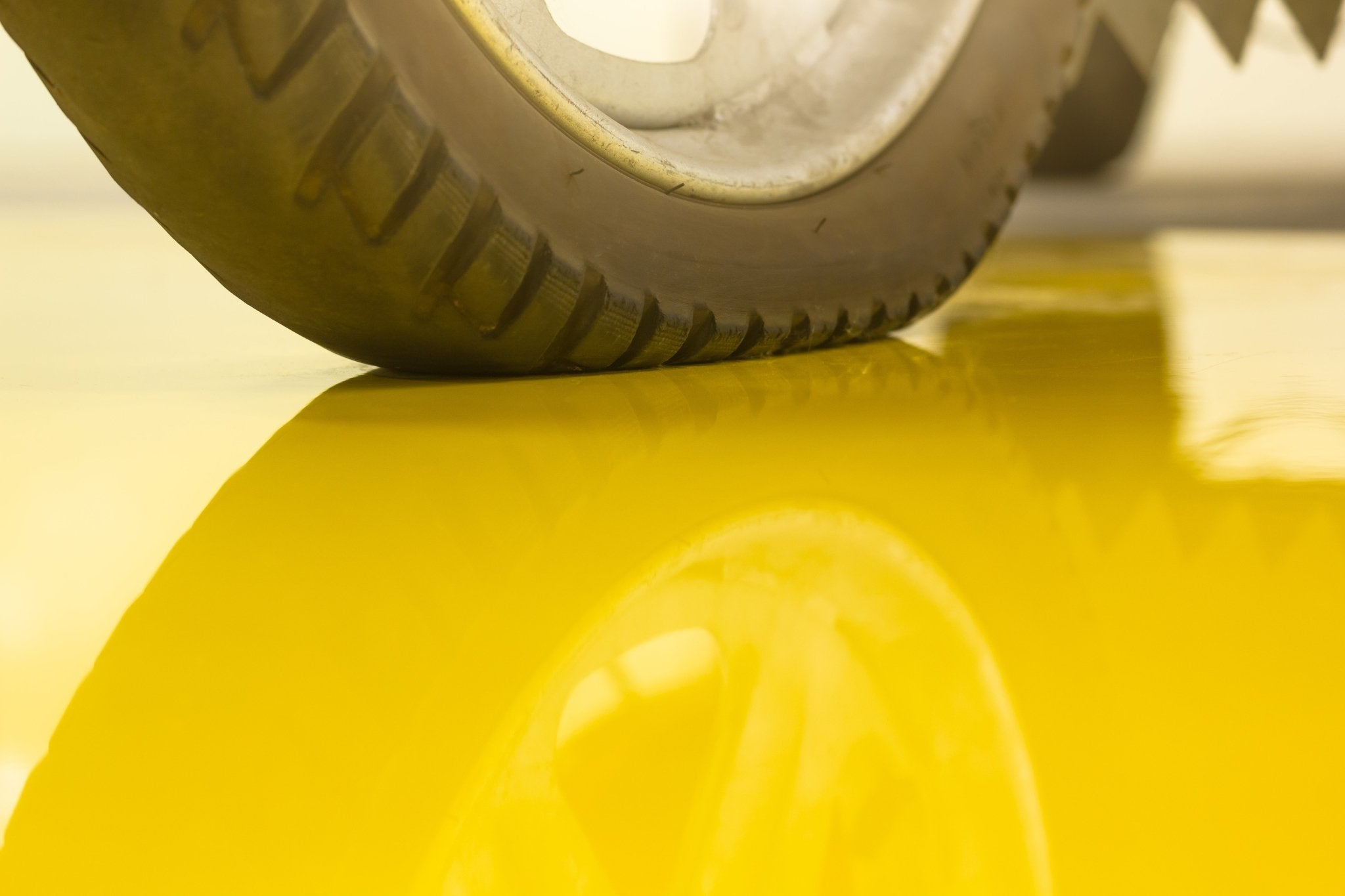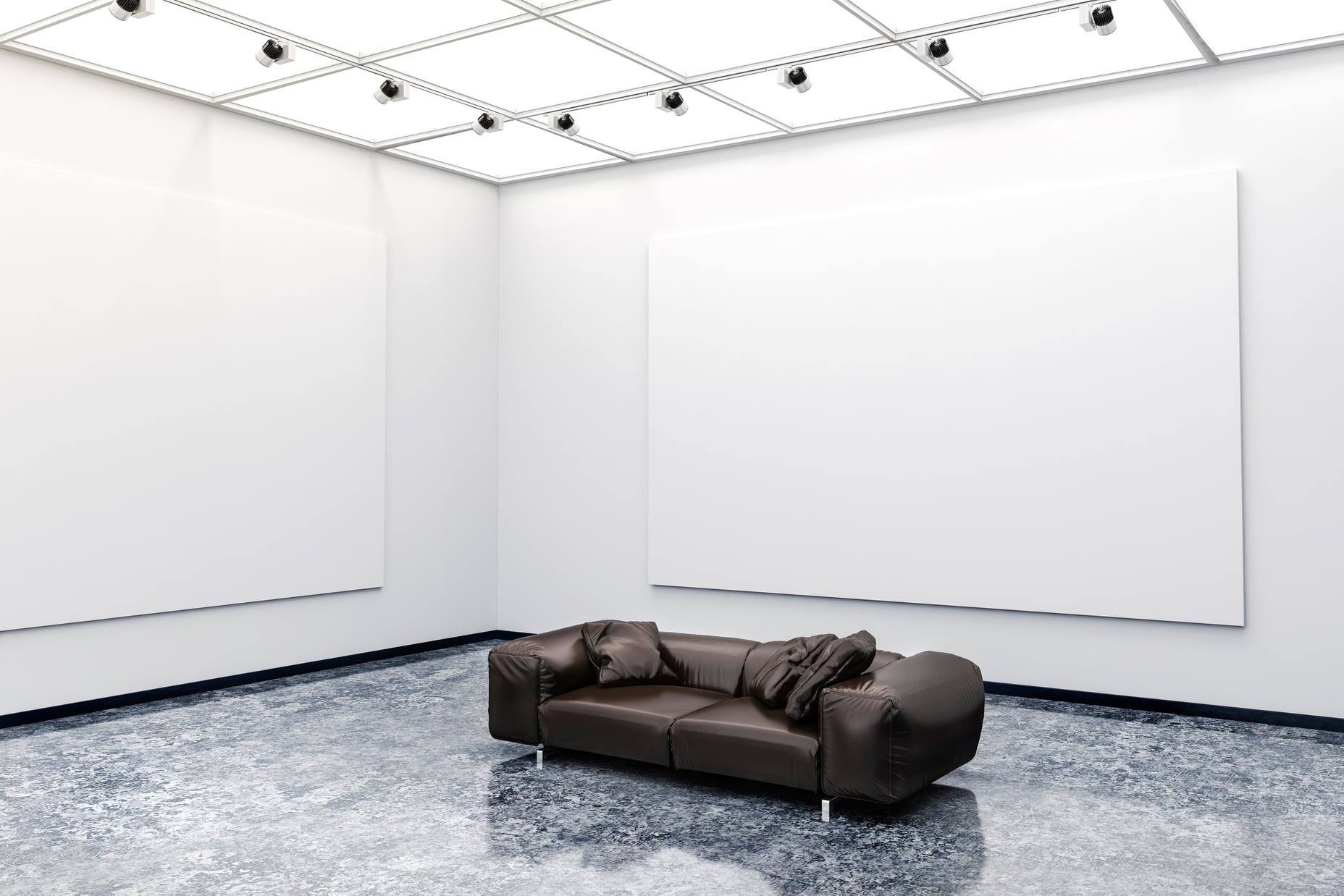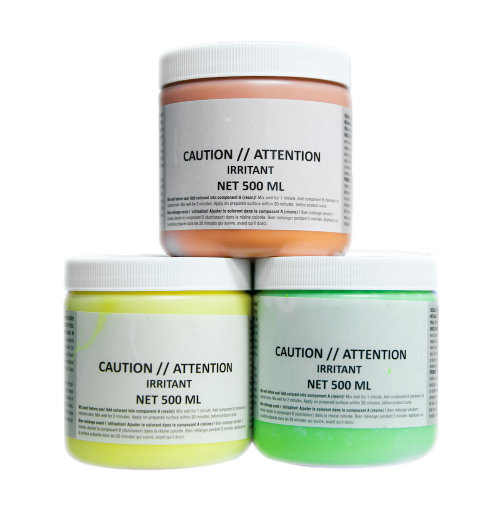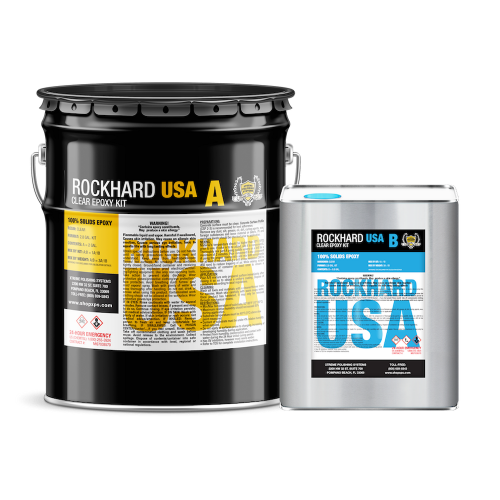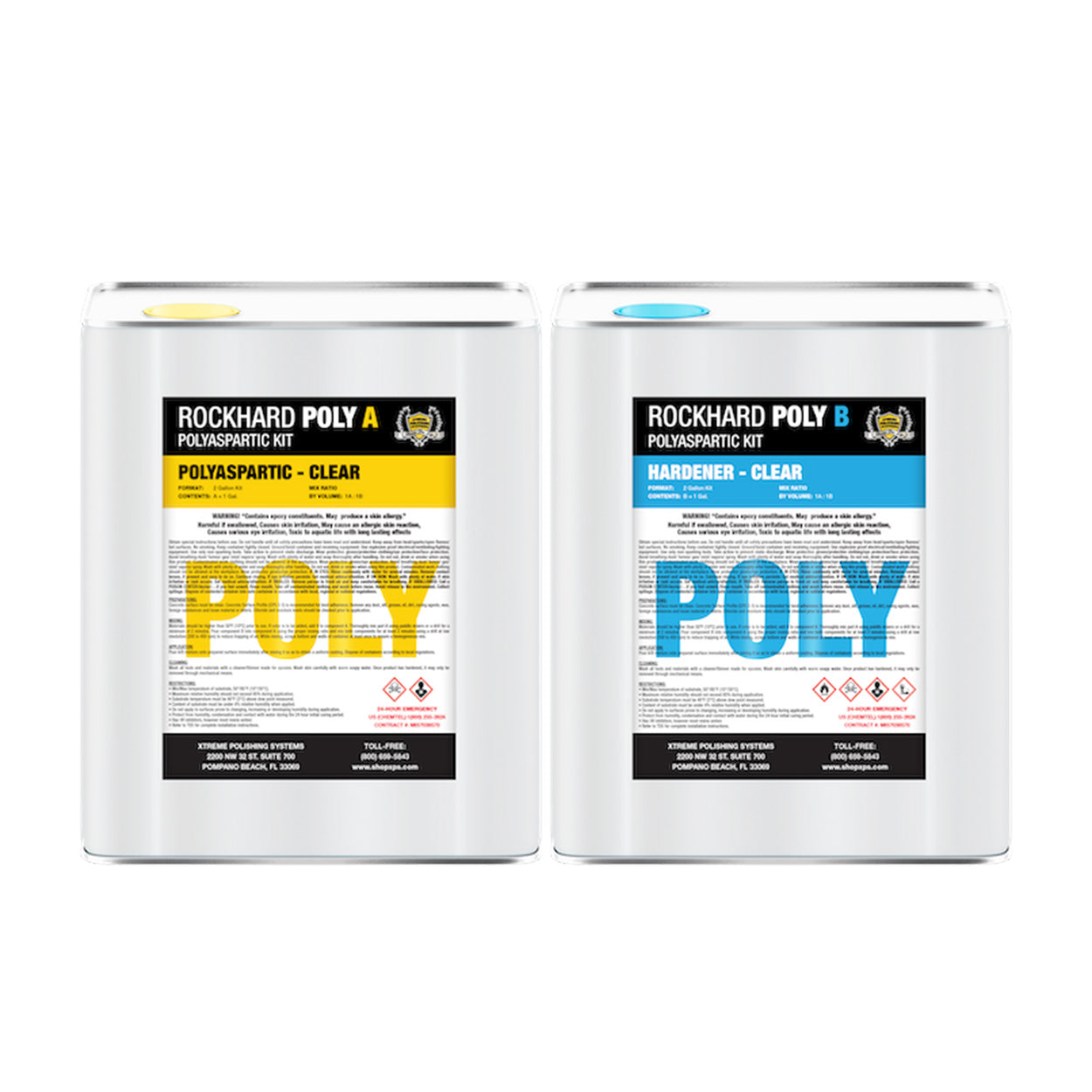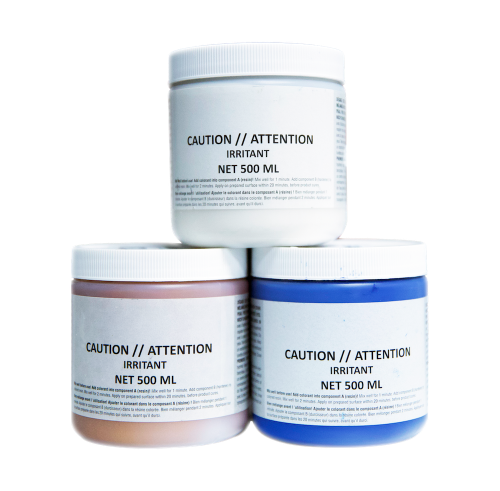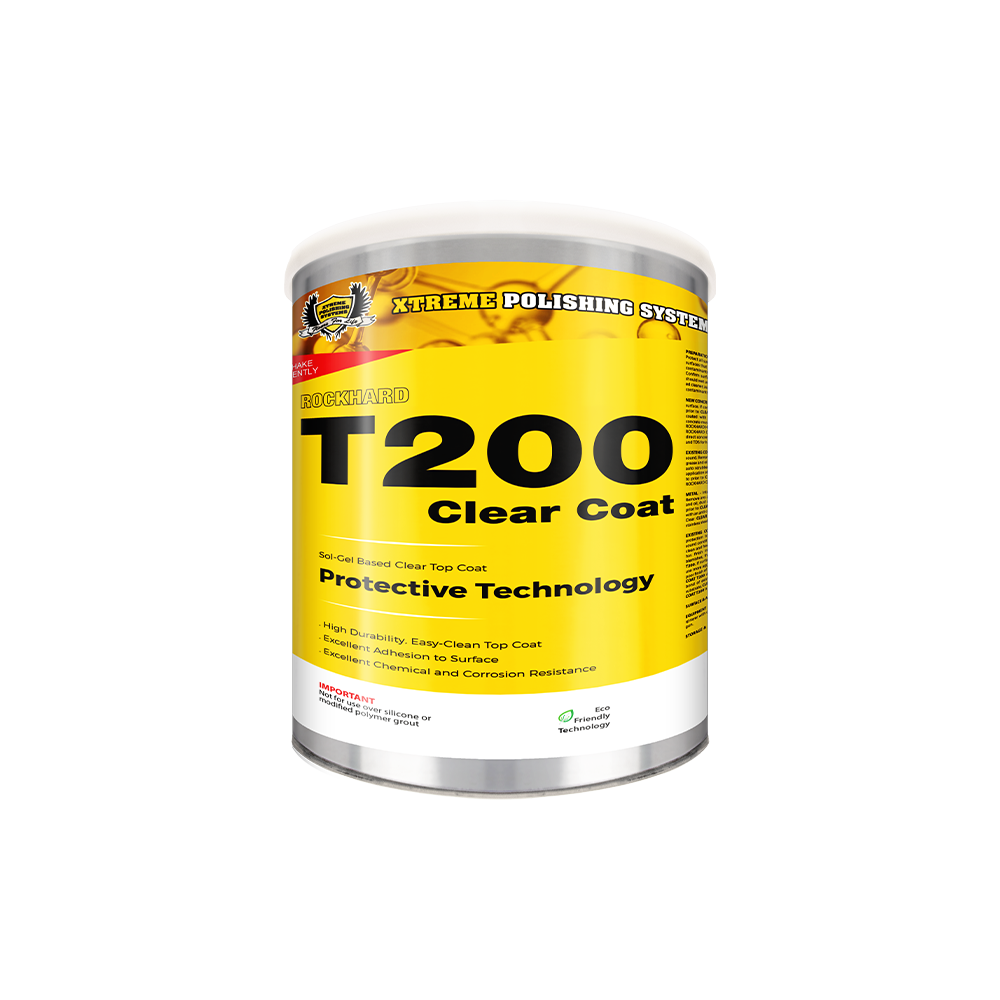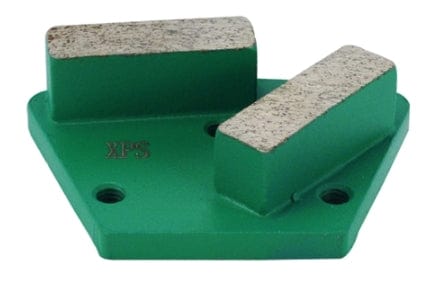As polished concrete becomes an increasingly popular option, more and more facilities are considering it. How come? The key factors contributing to true sustainability are lower costs, simpler maintenance, a longer lifespan, and increased longevity.
Despite the many advantages, many people are still reluctant to make the switch from traditional flooring options. A few of the most worrying concerns are noise, polishing concrete costs, the condition of the concrete substrate (e.g. cracks), and the conversion time. Those who fear the unknown opt for carpeting or vinyl flooring because they know what they are used to.
The Major Concerns of Polished Concrete Floors in Schools
Changing from plain concrete to polished concrete floors has been a challenge solely due to cultural differences. There is a perception problem with polished concrete among some administrators.
Aesthetics play a significant role. Some are concerned that the finished product will appear too institutional or modern. Several years of testing have gone into finding a system that works well for the district. It's interesting to note that in nearly 90 percent of cases, staff says they would not change a thing about a floor that has been polished.
When polishing classrooms, the students' desks, tables, and stools deserve special consideration because of scratches caused by moving them. Scratches can be found on even the hardest concrete floors. To minimize surface scarring, administrators suggest adding floor glides to the legs of desks, chairs, and tables.
Additionally, entrance mats can help preserve the appearance of the flooring and reduce maintenance costs. Using a quality protective product that prevents staining and can be easily maintained and repaired is crucial. The best guard is the one that reduces your labor and requires little stripping!
It is important for facilities to assess what's involved in restoring a flooring surface, what environment it will be exposed to, and whether maintaining the current flooring will be cost-effective.
Those who attend a school in a rural area may suffer from dust and sand. As a result of the sand being trapped in the carpet fibers, the carpet will break down much more quickly. Furthermore, trapped dirt and dust contribute to the release of allergens into the air.
School administrations have no more than a few weeks in the summer to remove dust from carpets with equipment that doesn't usually remove all of it. Despite the possibility of dust and sand scratching polished concrete surfaces over time, restoring them is much cheaper. Unlike carpet, it won't need to be replaced.
Sustainability and acoustics
Acoustics is another perceived issue at schools. In the same way that aesthetics is a matter of perception, noise is also a matter of perception. There was a time when vinyl composite tiles dominated classroom flooring. Classrooms with polished concrete have a similar noise level to those with vinyl composite tiles.
The most significant thing to remember is that every environment and every floor are different. Schools can now choose from a variety of flooring standards, including polished concrete.
The sustainability of polished concrete, however, is one of its greatest benefits. The decision-making process in schools is heavily influenced by that. It is their goal not to send another floor to landfills in ten years.
It pays to maintain
In airports around the world, polished floors have proven to be highly effective. A complete carpet replacement had been considered as a cosmetic overhaul for the terminal buildings. It was discovered that cementitious terrazzo was beneath the old, worn-out carpet squares.
As a result, the contractors chose not to replace the carpet, but rather restore the terrazzo floor beneath it. Testing was conducted to determine if the original terrazzo floor could be restored, which saved taxpayers tens of thousands of dollars. As a result, they expect their floors to continue to look like a million dollars for years to come!
You can lower your maintenance costs by installing a polished concrete floor. Different types of flooring have been restored over time, including ceramic tile, resilient flooring, and terrazzo flooring, and the recently popular polished concrete. Floors that are covered require maintenance. Polished concrete is an excellent choice since it requires very little maintenance. Concrete also has a great deal of strength and individuality.
Even though carpet still dominates school, university, and public facility flooring, polished concrete is growing in popularity as an alternative. Suitable for high-traffic areas such as lobbies, entrances, and classrooms, it's proving to be a viable choice for flooring.
Conclusion
Simply put, if you are properly trained on how to maintain polished concrete, it will last longer, remain attractive, and be less costly than most other flooring choices.
Call Xtreme Polishing Systems to learn more about which concrete treatments will give you the look you want while also ensuring long-term durability.
Xtreme Polishing Systems specializes in turn-key, one-stop-shop products, and do-it-yourself supplies, equipment, and building materials, guaranteeing a floor for life for projects big and small.


